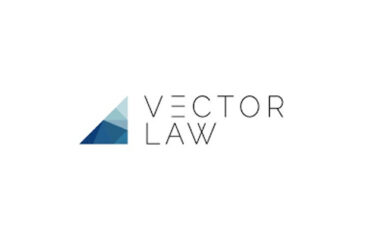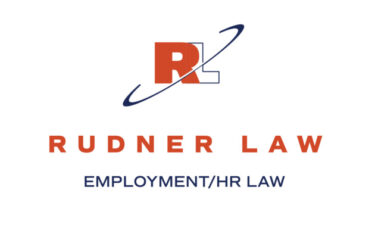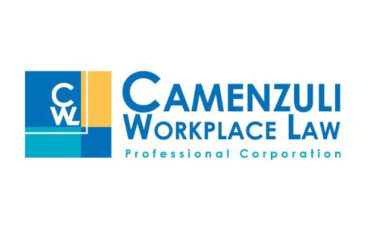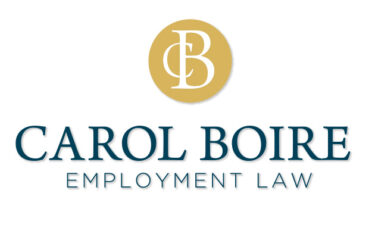What is Wrongful Dismissal Law in Canada?
Every year, thousands of Canadian employees face job termination without proper cause or compensation. Wrongful dismissal law protects workers by ensuring fair treatment when employment relationships end. With Canadian courts awarding over $100 million annually in wrongful dismissal damages, understanding these legal protections is crucial for both employees and employers.
1. What Constitutes Wrongful Dismissal?
In Canada, wrongful dismissal occurs when an employer terminates an employee:
-
Without cause and fails to provide adequate notice or pay
-
With alleged cause but lacks proper justification
-
In a manner that breaches the employment contract
Key Principle: Employment standards legislation sets minimums, but common law often requires greater compensation.
2. Termination Types & Legal Implications
A. Termination With Cause
-
No notice or severance required
-
Requires serious misconduct (theft, harassment)
-
Burden of proof on employer
-
Case Example: McKinley v. BC Tel (2001 SCC) established proportionality test
B. Termination Without Cause
-
Notice/pay in lieu mandatory
-
Based on Bardal factors (age, position, tenure)
-
Can be challenged if insufficient
C. Constructive Dismissal
-
Employer makes work intolerable
-
Significant unilateral changes
-
Employee can resign and claim damages
3. Calculating Reasonable Notice Periods
Canadian courts consider these Bardal Factors:
-
Length of Service
-
1 month/year (entry-level)
-
1.5-2 months/year (managers)
-
Up to 24 months maximum
-
-
Age
-
Older workers get longer notice
-
-
Position
-
Senior roles warrant more notice
-
-
Job Market Conditions
-
Specialized fields increase notice
-
2023 Data: Average awards = 6-18 months’ pay
4. Statutory vs. Common Law Entitlements
| Entitlement | Employment Standards Minimum | Common Law Typical |
|---|---|---|
| Notice Period | 1-8 weeks | 1-24 months |
| Severance Pay | 5 days-8 weeks | Often included in notice |
| Benefits Continuation | Rarely required | Usually included |
Example: A 45-year-old manager with 10 years service:
-
Ontario ESA: 8 weeks notice
-
Common Law: 12-18 months
5. Recent Legal Developments (2024)
A. Remote Work Considerations
-
Location changes may constitute constructive dismissal
-
Russo v. Kerr Bros. (2023 ONCA) upheld WFH rights
B. AI in Hiring/Firing
-
Algorithmic bias claims emerging
-
New disclosure requirements in BC
C. Pandemic-Related Terminations
-
Force reduction defenses scrutinized
-
CERB repayments factored into damages
D. Mental Health Protections
-
Stress claims up 40% post-pandemic
-
Colistro v. Tybatel (2023) awarded $75K for mental distress
6. The Wrongful Dismissal Process
A. For Employees
-
Preserve Evidence
-
Employment contract
-
Performance reviews
-
Termination letter
-
-
Calculate Entitlements
-
Compare ESA vs common law
-
-
Send Demand Letter
-
Outline claims
-
Propose settlement
-
-
File Claim
-
Provincial court (<$35K)
-
Superior Court (>$35K)
-
B. For Employers
-
Review Employment Contract
-
Enforceable termination clauses?
-
-
Document Performance Issues
-
Progressive discipline records
-
-
Offer Without Prejudice Settlements
-
Avoid litigation risks
-
7. Key Defenses Against Wrongful Dismissal Claims
A. Enforceable Termination Clause
-
Must comply with ESA minimums
-
Waksdale v. Swegon (2020 ONCA) invalidated many clauses
B. Documented Just Cause
-
Progressive discipline records
-
Investigation reports
C. Mitigation Failure
-
Employee must seek comparable work
-
Can reduce damages by 30-50%
8. Provincial Variations
A. Ontario
-
Severance Pay: 1 week per year (5+ years, $2.5M+ payroll)
-
Recent Reform: Digital monitoring disclosure requirements
B. Quebec
-
Civil Code governs
-
Psychological Harassment claims common
-
18-month notice cap
C. Alberta
-
No statutory severance
-
Shorter notice periods typically awarded
9. Damages & Compensation
A. Types of Awards
-
Pay in Lieu (notice period)
-
Benefits Value (pension, insurance)
-
Moral Damages (bad faith conduct)
-
Punitive Damages (rare, employer misconduct)
B. Tax Implications
-
Notice pay: Taxable as income
-
Punitive damages: Tax-free
-
Legal fees: Sometimes deductible
Record Award: $1.5M for 30-year executive (2019 BCSC)
10. Case Study: Honda v. Keays (2008 SCC)
This landmark ruling:
-
Established moral damages for bad faith dismissals
-
Capped punitive damages
-
Refined notice period calculations
11. Practical Tips
For Employees:
-
Never sign termination papers immediately
-
Consult lawyer before accepting severance
-
Document all communications
-
Apply for EI immediately
For Employers:
-
Review termination clauses annually
-
Conduct proper investigations
-
Consider without prejudice offers
-
Train managers on documentation
12. The Future of Wrongful Dismissal Law
Emerging trends:
-
Gig worker protections expanding
-
Climate-related terminations (new risks)
-
Global remote workforce challenges
-
AI-driven HR decisions litigation
Conclusion
Canadian wrongful dismissal law continues evolving to balance employee protections with employer flexibility. With courts increasingly willing to award significant damages for improper terminations, both workers and companies must understand their rights and obligations. Proper employment contracts, documentation, and professional legal advice remain the best safeguards against costly disputes.
As stated in Wallace v. United Grain Growers, the employment relationship “is one of the most important relationships in society.” By respecting this principle through fair termination practices and informed advocacy when wronged, Canadians can maintain workplace justice in an era of rapid economic change. Whether you’re an employee seeking fair compensation or an employer managing workforce transitions, understanding these legal fundamentals helps ensure compliance while protecting your financial and professional interests.






















